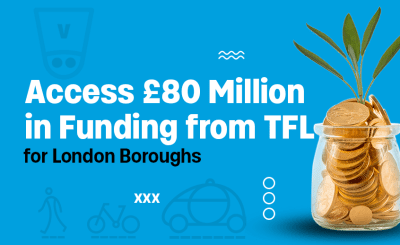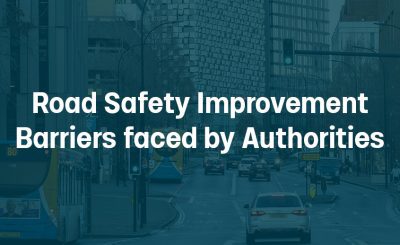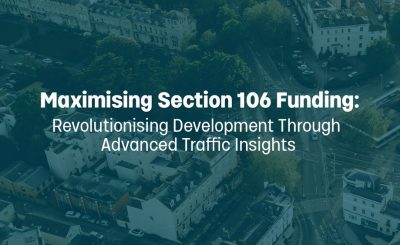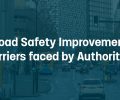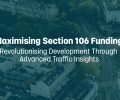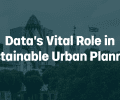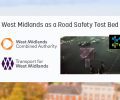The recent pandemic has created an opportunity for innovation in how urban mobility takes place, making room for better, safer and more reliable ways to move people and goods around, using big data to answer the big questions in transportation. The Hill+Knowlton Strategies team in London organised a virtual roundtable with experts in urban mobility from around the globe, with a focus on how to better understand these opportunities and challenges. Our COO Peter Mildon was a guest speaker.
Here are some of the key points that came up from this session.
- Alternative clever transportation is the word on the street. Companies are rethinking their logistics system, where it might not be as efficient to use large vehicles like a van to deliver to certain ultra-urban, hyper-localised spaces. Instead, there is an increase in alternative transports like scooters and cargo bicycles that can offer the speed, efficiency, and sustainability desired for such jobs. Some companies to keep an eye on are EAV Solutions, who offers a sustainable cargo bike solution, and Tortoise, that uses low-speed, remotely operated light-vehicles.
- Relying on the power of big data to develop a strong urban mobility strategy is a known tool, but how can technology really deliver reliable and useful data? Some of the challenges and solutions cited by the panellists include: The need for a shift in the way planning is done, taking away the assumptions of where to replace and build the next bus stop, or where to add a lane or a turning signal. VivaCity’s video analytics can precisely assess and show road usage, travel patterns, speed, dwell time and more, taking out the guesswork out of planning. Another example is around the ageing addressing system. For instance, in London there are 14 roads named ‘Church Road’, which causes issues for delivery and mobility. What3Words is a solution for this, run on the basis of creating a whole new ‘postcode system’ using three dictionary words that divides the entire world into a 3-metre-square grid. And one more example is how it’s not about ‘just building the road infrastructure and it will be used’, but connecting users with the parking bays, EV charging points, amongst other things, in real time and where they need them. Appyway is a smart solution that can do just that.
- A Measured Recovery that will benefit from real time and accurate measuring of traffic patterns, understanding and classifying road users behaviour as we come out of the pandemic, and how we can use this information to plan our urban spaces accordingly. An example is how quickly traffic levels have already come back to a ‘pre-pandemic normal’ in London, and that people are preferring to use their cars more over public transport. Transport for London’s strategic goal by 2041 is for 80 per cent of journeys to be completed by walking, cycling or by public transport – so planning and decision based on data is crucial. VivaCity labs offers accurate and timely anonymous data on up to 9 types of road users (and growing), supporting over 50 councils in the UK and internationally with their urban planning schemes.
All these points are valuable in planning the future of our smart cities, but there is a challenge around turning these technologies and projects into truly scalable solutions. To make it work, there needs to be collaboration, innovation and easy access to reliable big data in transportation.
Listen to the full recording of this insightful session here.

The original blog can be found via the H+K London website. Content and ideation credit to Hill+Knowlton Strategies.

Like our content? Sign up to our newsletter and receive the latest updates in your inbox.
Sign-Up

